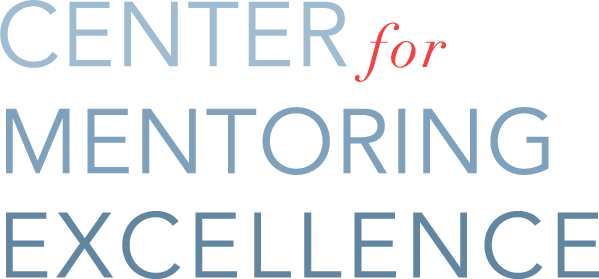Mark spent many hours outlining his team’s goals and tasks. He was proud of the spreadsheet he made which captured the team’s quarterly workload. At every staff meeting, he distributed his most recent spreadsheet and methodically walked his team through the details.
Not surprisingly, when Mark was asked to complete a 360° self-assessment, he scored himself high in the area of visioning based on his belief that the always laid the workload out clearly. He was surprised and disappointed when he saw the actual results – he had low scores across the board on creating a shared vision.
Like many leaders, Mark struggles with articulating a vision that energizes and unites his team. This is especially true among leaders with strong technical backgrounds, who often see visioning as a pie-in-the-sky activity — soft, lofty and unrealistic. They fail to see the link between vision and achieving concrete results.
So what is vision? Why is it important to leaders? Joel Barker, the futurist, describes a vision as the place leaders take us to, that we want to go to, but can’t get to by ourselves. Leaders create energy and enthusiasm about possibility by describing a vision of what could be. A vision is future-forward and optimistic. A talented leader will paint a vivid picture that makes a lofty goal seem real and attainable. Vision harnesses and aligns energy so that the team is working together seamlessly.
Charlie, a leader in semi-conductor manufacturing routinely told his employees, “Remember, you might be building the circuits that go into the brakes of your mother’s car. When she needs to slam on her brakes to avoid a crash, you are saving lives.” Charlie showed his people how their daily work related to a bigger picture. One of his employees appreciated Charlie’s approach, “We knew we weren’t saving lives. Of course, we knew that. But in some way, Charlie was right. It gave us real pride in what we did and helped us take defects and errors seriously. We told every new employee they were working on their mother’s brakes and the quality needed to be perfect. That message worked!”
What is the big picture in your work? How can you use vision to connect your people to something bigger, better and more energizing than daily tasks and spreadsheets? Inspire others with a vision and watch commitment grow!


